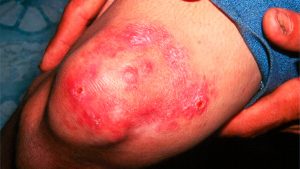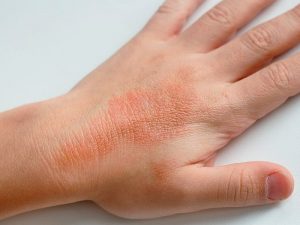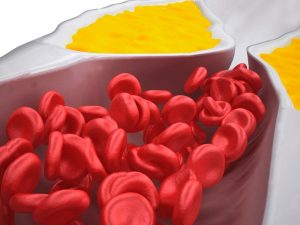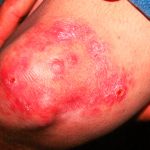From chickenpox to shingles
Shingles or herpes zoster develops from the reactivation of a virus called varicella zoster.
Let’s first clear up that chickenpox is the original infection, and the reactivation of its virus, varicella-zoster, can trigger shingles, even after many years. There’s no clear cause of this reactivation; however, there seem to be some common risk factors, like a weakened immune system and stress. After chickenpox is gone, the virus remains in the body in a dormant state, since it spreads in the bloodstream infecting nerve cells. The painful sores that breakout as herpes zoster (the shingles virus) show on a strip of the skin over the infected nerve fibers; this strip of skin is called dermatome. If there are other dermatomes adjacent, they may also get infected, hence the similar look to a girdle, from where the name of the virus herpes zoster comes (from Greek ζωστήρ) and shingles (from Middle English schingles, from Latin cingulus).
It started with a sharp pain on my back, by my waist, here, you see?”, said Mom.
Is shingles contagious? Beware: shingles is not contagious as shingles, but as chickenpox. Someone who’s never had chickenpox can get it from a person with an active case of shingles because it’s the same virus. In order to lower risks of transmission, the blisters should be kept covered, and it’s important not to scratch the rashes. The blister phase is the contagious one until they’ve formed a crust.
I don’t know about any mix of yoco-yoco (an herb used by South American “curanderos”, a popular type of unlicensed health practitioner) and moonshine or rum, but to cut my nanny some slack, I’ll give her that prayer won’t worsen any illness. However, it takes more than a juju to get rid of shingles











